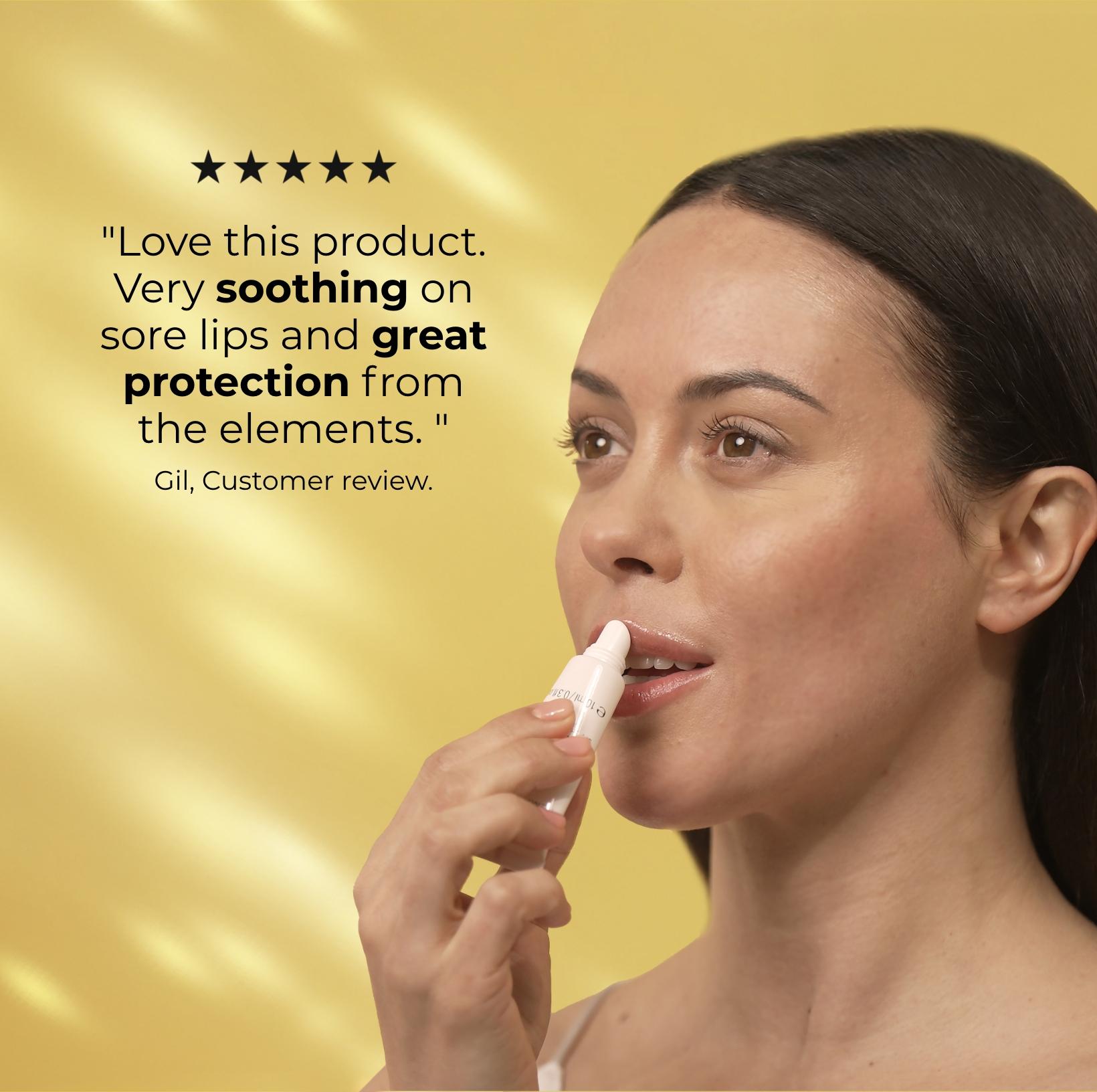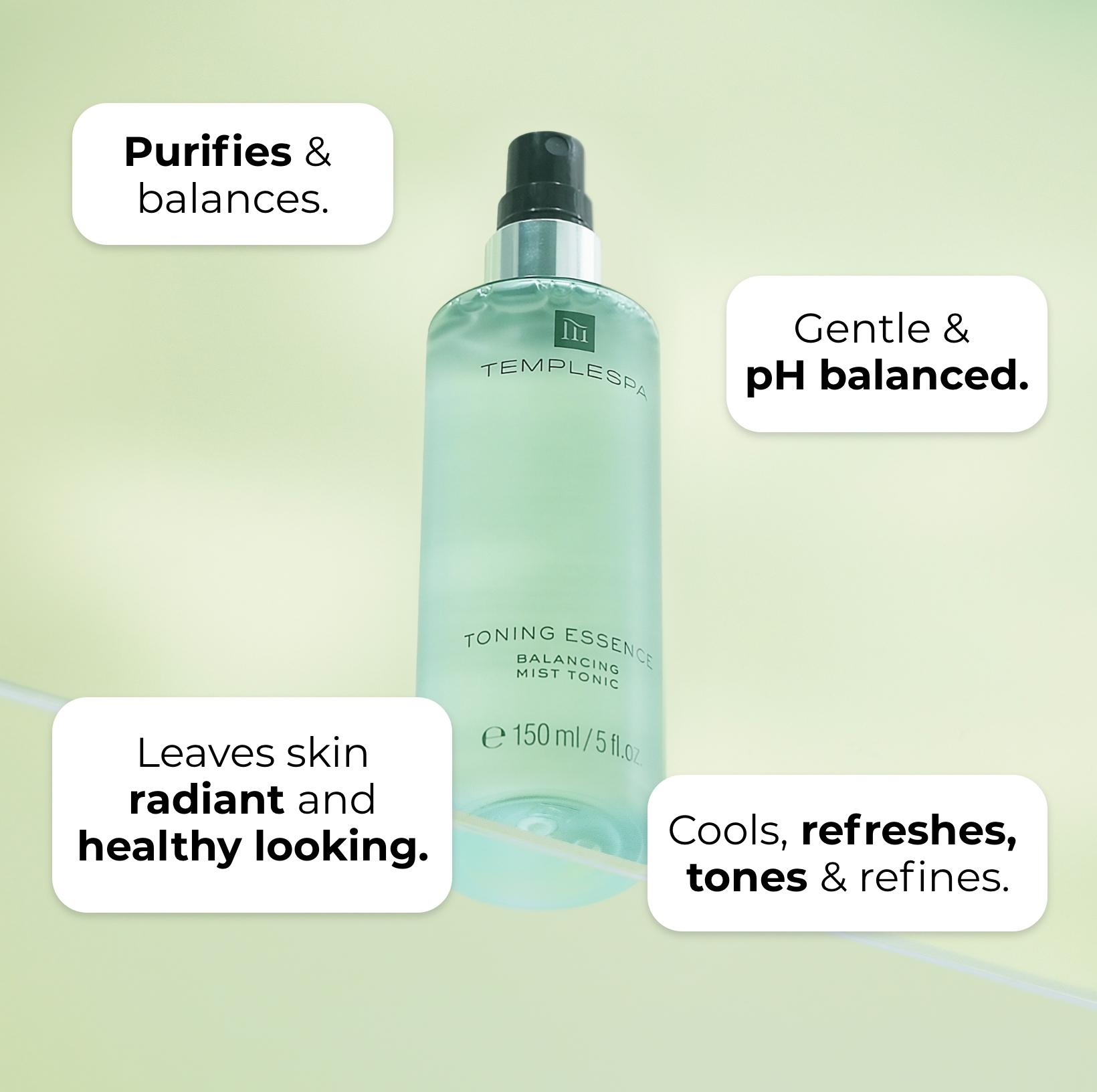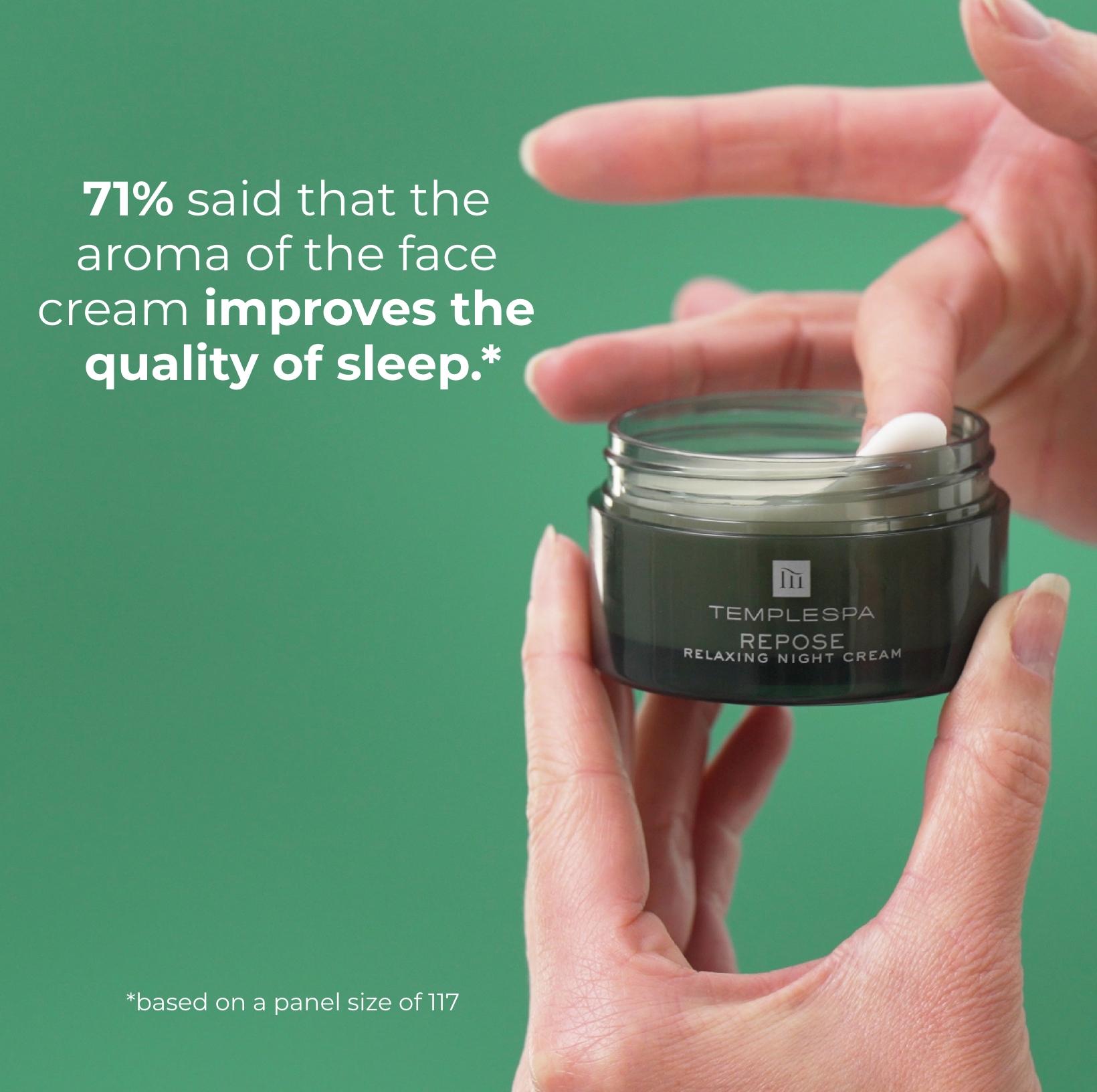In this guide, we will delve into the key differences between AHAs and BHAs, two powerful exfoliants that can transform your skin. Understanding the nuances of these ingredients is essential for addressing issues like dullness, acne, or signs of aging. Let's explore how AHAs and BHAs can benefit your skin and help you make an informed choice.
What are AHAs and BHAs?
AHAs (Alpha Hydroxy Acids) and BHAs (Beta Hydroxy Acids) are popular chemical exfoliants in skincare. AHAs are derived from natural sources like fruits and milk. Common AHAs include glycolic acid (from sugar cane) and lactic acid (from milk). These acids work by gently dissolving the bonds between dead skin cells, revealing smoother, brighter skin beneath.
BHAs, typically derived from salicylic acid (from willow bark), penetrate deeper into the pores, making them ideal for oily and acne-prone skin. They possess anti-inflammatory and antibacterial properties, reducing redness and combating breakouts.
Both AHAs and BHAs accelerate the skin's natural exfoliation process, resulting in a fresher, more youthful complexion. They can improve the appearance of fine lines, wrinkles, hyperpigmentation, and acne scars, and promote collagen production for firmer skin.
Benefits of Using AHAs and BHAs
- Exfoliation and skin renewal are vital for healthy, radiant skin. AHAs and BHAs offer incredible benefits:
- Both gently remove dead skin cells, unclogging pores and preventing acne breakouts.
- AHAs, like glycolic acid, enhance collagen production for firmer, youthful skin.
- BHAs, such as salicylic acid, reduce inflammation and redness, ideal for sensitive or acne-prone skin.
- They help reduce acne and blemishes by dissolving excess oil and unclogging pores, fading acne scars and hyperpigmentation.
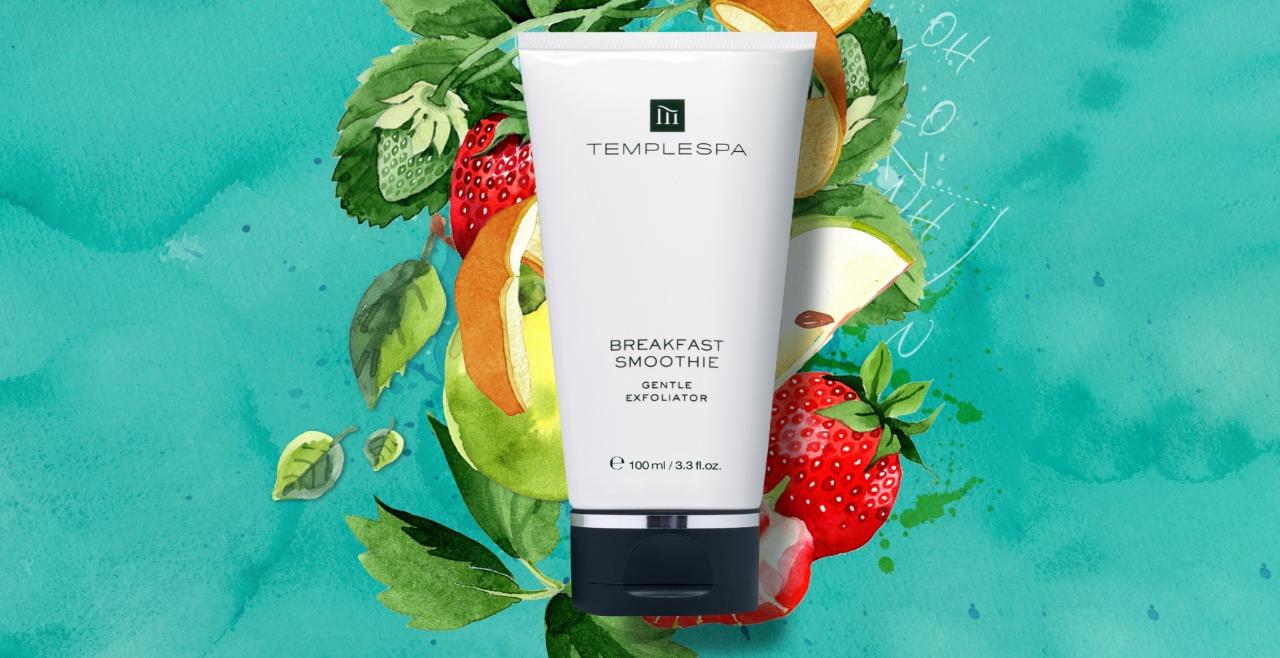

Differences Between AHAs and BHAs
Understanding the differences between AHAs and BHAs can help you make informed choices for your skin:
- Water-soluble vs. oil-soluble: AHAs are water-soluble, targeting the skin's surface for gentle exfoliation. BHAs are oil-soluble, penetrating deeper into pores, making them ideal for oily or acne-prone skin.
- Best for skin types: AHAs are recommended for dry or sun-damaged skin, hydrating and exfoliating simultaneously. BHAs are suitable for oily or combination skin, helping to reduce blackheads and control sebum production.
- Specific concerns: AHAs address uneven skin tone, dullness, and fine lines by promoting cell turnover. BHAs excel at fighting acne, reducing blemishes, and minimizing redness and inflammation.
How to Choose Between AHAs and BHAs
Choosing the right exfoliant depends on your skin type and concerns:
- Identify your skin type: AHAs are great for dry or sun-damaged skin, exfoliating the surface layer for a smoother complexion. BHAs are ideal for oily or acne-prone skin, penetrating deep into pores to reduce breakouts.
- Consider skin conditions: For dry skin, AHAs like glycolic or lactic acid provide hydration. For oily skin, BHAs such as salicylic acid control excess oil. For sensitive skin, start with lower concentrations and gradually increase as your skin tolerates.
- Frequency and concentration: AHAs are generally used once or twice a week, while BHAs can be used more frequently. Start with lower concentrations to avoid irritation and slowly build up your skin’s tolerance to using them.
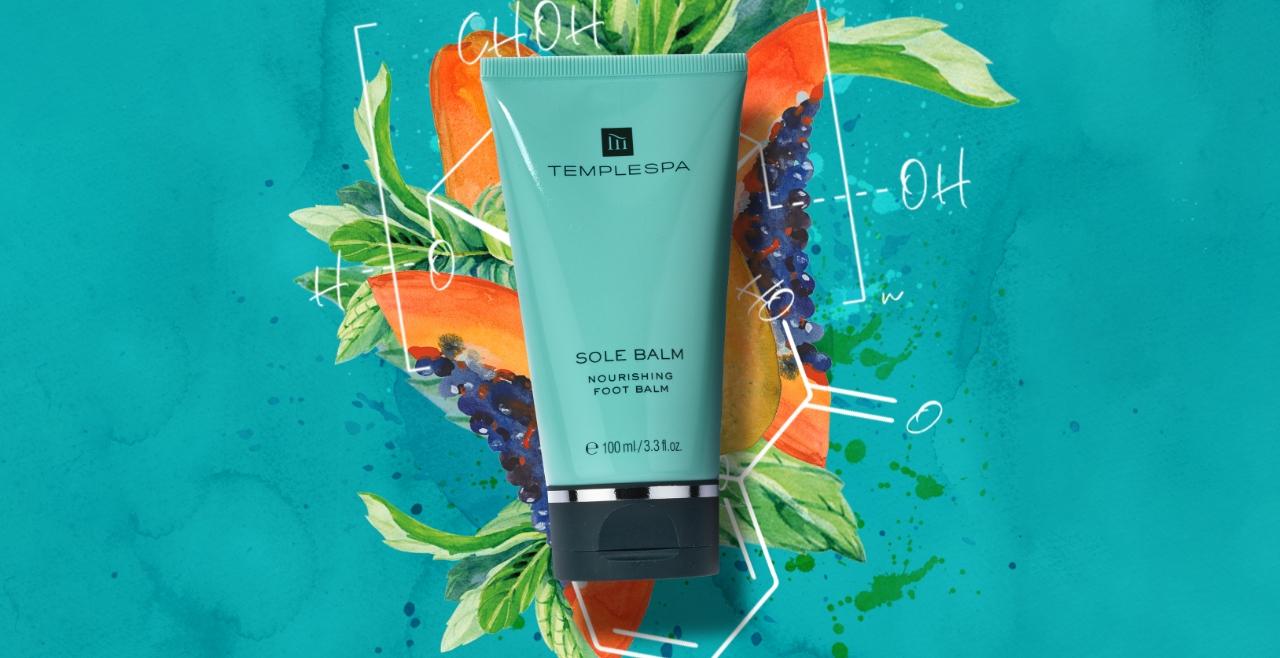

How to Use AHAs and BHAs Safely
To maximise the benefits of AHAs and BHAs while minimising side effects, follow these tips:
- Application techniques: Cleanse your face thoroughly and pat dry. Apply a small amount of the product onto your fingertips and gently massage into your skin, avoiding the eye area and any open wounds. Leave on for the recommended time before rinsing with lukewarm water.
- Potential side effects: AHAs and BHAs may cause redness, dryness, or sensitivity. Start with lower concentrations and gradually increase. Perform a patch test before using a new product. If severe side effects occur, discontinue use and consult a dermatologist.
- Sun protection: AHAs and BHAs can increase sun sensitivity. Apply a broad-spectrum sunscreen with SPF 30 or higher as the final step in your routine to protect your skin from UV damage.
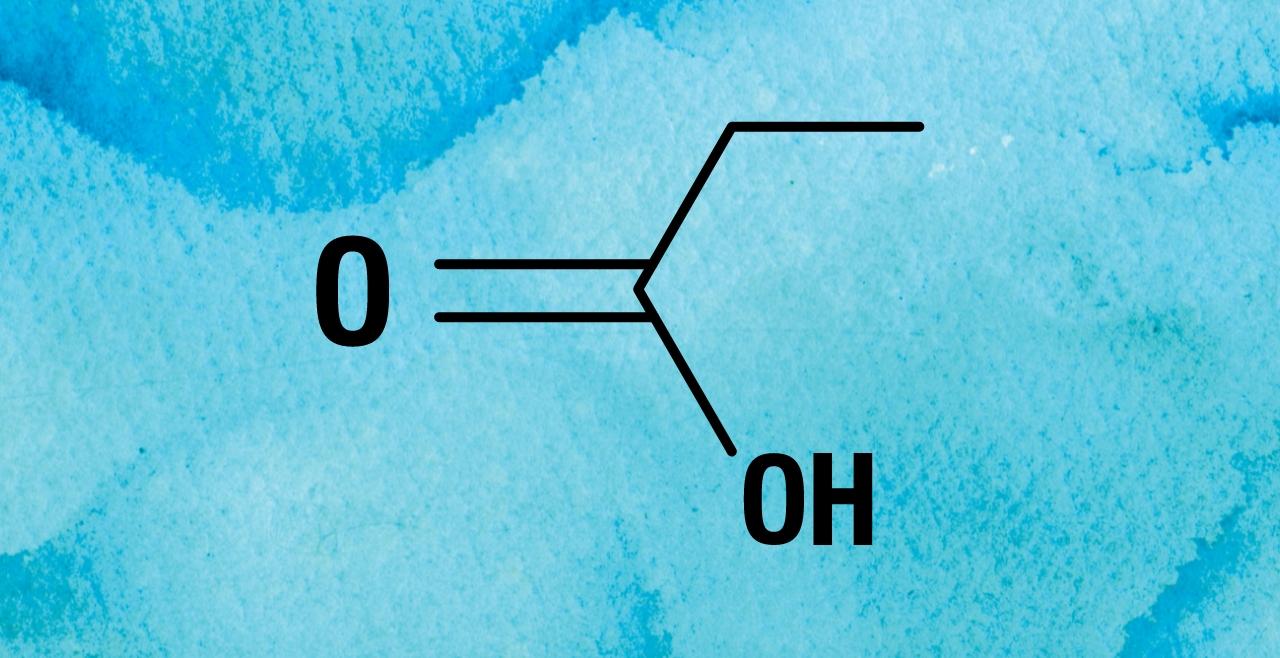

Where To Find AHA and BHA Skin Products
PURIFICATION Deep Cleansing Mask
A key ingredient in our mousse-like mask is sugar can extract, also known as a postbiotic ingredient that contains glycolic acid, your AHA! This mask works to deeply exfoliate and help loosen dirt and grime from the pores.
BREAKFAST SMOOTHIE Gentle Exfoliator
We liken this scrub to your morning breakfast, packed with fruits to start your day! These fruits are where we get the AHA benefits from that exfoliate and brighten the skin, you’ll spot fruits like papaya juice, apple juice, pear fruit extract and orange peel oil in our ingredient list.
This exfoliating toner contains a plethora of AHAs including glycolic, lactic and mandelic acid, which work in harmony to improve the texture, tone and appearance. They effectively dissolve the glue bonds which keep dead skin cells clinging to the skin.
MOST REVEALING Glowing Skin Oxygen Peel
Much like GLOWCOLIC, this exfoliate mask includes a range of AHAs, like glycolic, malic, lactic and mandelic acids which again lift away those dead skin cells. Skin is left with an even skin surface and allows your other skincare products to work even harder for you.
SOLE BALM Nourishing Foot Balm
A BHA ingredient naturally falls into SOLE BALM as it cleverly exfoliates at hard, dead skin, as well as hydrating. We use salicylic acid extracts from the bark of the willow tree to gentle exfoliate away.
DUAL ACT Purifying Cleansing Lotion
Our gorgeous cleanser includes willow bark extract which is a natural source of salicylic acid, or also known as a BHA. This is great for anyone with combination or oily skin, prone to blemishes and blocked pores, as it cleanses and exfoliates away for refreshed skin.




